

- RFQ
- BOM
-
Contact Us
Tel: +86-0755-83501315
Email: sales@sic-components.com
- Chinese
- English
- French
- German
- Portuguese
- Spanish
- Russian
- Japanese
- Korean
- Arabic
- Irish
- Greek
- Turkish
- Italian
- Danish
- Romanian
- Indonesian
- Czech
- Afrikaans
- Swedish
- Polish
- Basque
- Catalan
- Esperanto
- Hindi
- Lao
- Albanian
- Amharic
- Armenian
- Azerbaijani
- Belarusian
- Bengali
- Bosnian
- Bulgarian
- Cebuano
- Chichewa
- Corsican
- Croatian
- Dutch
- Estonian
- Filipino
- Finnish
- Frisian
- Galician
- Georgian
- Gujarati
- Haitian
- Hausa
- Hawaiian
- Hebrew
- Hmong
- Hungarian
- Icelandic
- Igbo
- Javanese
- Kannada
- Kazakh
- Khmer
- Kurdish
- Kyrgyz
- Latin
- Latvian
- Lithuanian
- Luxembou..
- Macedonian
- Malagasy
- Malay
- Malayalam
- Maltese
- Maori
- Marathi
- Mongolian
- Burmese
- Nepali
- Norwegian
- Pashto
- Persian
- Punjabi
- Serbian
- Sesotho
- Sinhala
- Slovak
- Slovenian
- Somali
- Samoan
- Scots Gaelic
- Shona
- Sindhi
- Sundanese
- Swahili
- Tajik
- Tamil
- Telugu
- Thai
- Ukrainian
- Urdu
- Uzbek
- Vietnamese
- Welsh
- Xhosa
- Yiddish
- Yoruba
- Zulu
- Kinyarwanda
- Tatar
- Oriya
- Turkmen
- Uyghur
Microcontroller ICs
1. Definition and Core Concept
A microcontroller is a compact, self-contained computer-on-a-chip. It integrates multiple key components onto a single piece of silicon, enabling it to perform specific tasks within an embedded system. At its core, a microcontroller comprises a central processing unit (CPU), memory (both program memory like ROM or flash and data memory such as RAM), input/output (I/O) interfaces, and often additional peripherals like timers, analog-to-digital converters (ADCs), and communication modules.
This integration sets microcontrollers apart from general-purpose computers. While a desktop computer has separate components for processing, memory, and input/output, a microcontroller packages these functions into one chip. This makes it highly suitable for applications where space, power consumption, and cost are critical factors, such as in consumer electronics, automotive systems, and industrial control devices.
2. History and Evolution
The concept of microcontrollers emerged in the late 20th century as semiconductor technology advanced. In 1971, Intel introduced the 4004, which is often considered the first microprocessor. However, the development of dedicated microcontrollers soon followed. Companies like Texas Instruments, Microchip Technology, and Atmel began producing chips specifically designed for embedded applications.
Over the years, microcontrollers have evolved significantly. Initially, they were simple 4-bit or 8-bit devices with limited memory and processing power. Today, 32-bit and even 64-bit microcontrollers are common, offering high-performance computing capabilities, larger memory spaces, and a wide range of integrated peripherals.
3. Key Components
3.1 Central Processing Unit (CPU)
The CPU is the brain of the microcontroller. It fetches, decodes, and executes instructions stored in the program memory. The performance of a microcontroller largely depends on the CPU's architecture and clock speed. Different microcontrollers use various CPU architectures, such as the ARM Cortex-M series, which is widely adopted for its balance of performance and power efficiency, or the 8051 architecture, which has a long history and is still used in many legacy and simple applications.
3.2 Memory
Program Memory: Usually in the form of read-only memory (ROM) or flash memory. This is where the microcontroller's firmware (the set of instructions that tell the microcontroller what to do) is stored. Flash memory is particularly popular as it can be electrically erased and reprogrammed, allowing for easy firmware updates.
Data Memory: Random Access Memory (RAM) is used for temporary storage of data during program execution. Variables, intermediate calculation results, and other data that need to be accessed quickly are stored in RAM. The amount of RAM available in a microcontroller can range from a few bytes in very small devices to several megabytes in more advanced models.
3.3 Input/Output (I/O) Interfaces
I/O interfaces are the microcontroller's connection to the outside world. They allow the microcontroller to receive input from sensors (such as temperature sensors, light sensors) and control output devices (like LEDs, motors, relays). I/O pins can be configured as digital inputs (to detect the state of a switch, for example), digital outputs (to turn on or off an LED), or analog inputs (to read a continuous signal from an analog sensor).
3.4 Peripherals
Timers: These are used for generating time delays, measuring time intervals, and creating periodic interrupts. For example, a timer can be used to blink an LED at a specific frequency or to sample sensor data at regular intervals.
Analog-to-Digital Converters (ADCs): ADCs convert analog signals (such as the voltage from a temperature sensor) into digital values that the microcontroller's CPU can understand and process.
Communication Modules: Many microcontrollers come with built-in communication interfaces like Universal Serial Bus (USB), Serial Peripheral Interface (SPI), Inter-Integrated Circuit (I²C), and Universal Asynchronous Receiver/Transmitter (UART). These interfaces enable the microcontroller to communicate with other devices, such as external sensors, displays, or other microcontrollers.
4. Types of Microcontrollers
4.1 8-bit Microcontrollers
8-bit microcontrollers are the simplest and most cost-effective type. They have limited processing power and memory but are sufficient for basic control applications, such as simple household appliances (e.g., a basic digital thermometer), small toys, and some low-end industrial control tasks. Examples include the Atmel AVR ATtiny series and the Microchip PIC16 series.
4.2 16-bit Microcontrollers
16-bit microcontrollers offer a step up in performance compared to 8-bit models. They can handle more complex calculations and have larger memory capacities. They are often used in applications that require moderate processing power, such as some automotive subsystems (e.g., door control modules), and mid-range consumer electronics.
4.3 32-bit Microcontrollers
32-bit microcontrollers are the most widely used type today. They provide high-performance computing capabilities, large memory spaces, and support for advanced operating systems and complex software applications. They are used in a wide range of applications, from smartphones and tablets to industrial automation systems, robotics, and high-end automotive electronics (e.g., engine control units). Popular 32-bit microcontroller families include the ARM Cortex-M3, M4, and M7.
4.4 64-bit Microcontrollers
Although less common in traditional embedded applications, 64-bit microcontrollers are emerging in areas that require extremely high processing power, such as advanced edge computing devices and some high-end automotive infotainment systems.
5. Programming Microcontrollers
Microcontrollers are typically programmed using languages like C, C++, and Assembly. C and C++ are high-level languages that offer a more abstract and easier-to-read programming style, making them popular for most applications. Assembly language, on the other hand, is a low-level language that provides direct access to the microcontroller's hardware and can be used for optimizing code for performance or when precise control over the hardware is required.
To program a microcontroller, developers use an Integrated Development Environment (IDE), which includes a text editor, compiler, linker, and debugger. The code is written in the IDE, compiled into machine code (binary instructions that the microcontroller can execute), and then downloaded onto the microcontroller's program memory using a programmer or a debugger interface.
6. Applications of Microcontrollers
6.1 Consumer Electronics
Microcontrollers are everywhere in consumer electronics. In smartphones, they control functions like touchscreen input, camera operations, and power management. In smart TVs, they handle video processing, user interface navigation, and network connectivity. Other examples include microwave ovens, washing machines, digital cameras, and smartwatches.
6.2 Automotive Electronics
The automotive industry relies heavily on microcontrollers. They are used in engine control units (ECUs) to optimize fuel efficiency and reduce emissions, in anti-lock braking systems (ABS) to monitor wheel speed and apply brakes accordingly, and in vehicle infotainment systems for audio and video processing.
6.3 Industrial Control
In industrial settings, microcontrollers are used in programmable logic controllers (PLCs) to automate manufacturing processes. They control the operation of machines, monitor production lines for quality control, and manage the flow of materials. Microcontrollers are also used in industrial sensors and actuators for precise measurement and control.
6.4 Internet of Things (IoT)
IoT devices, such as smart home sensors (e.g., temperature and humidity sensors), environmental monitoring stations, and connected appliances, often use microcontrollers. These microcontrollers collect data from sensors, process it locally, and communicate it to the cloud or other devices over a network.
6.5 Medical Devices
Microcontrollers play a crucial role in medical devices. In patient monitors, they continuously measure vital signs like heart rate, blood pressure, and oxygen levels. In infusion pumps, they control the flow rate of medications. They are also used in diagnostic equipment and medical imaging devices.
7. Advantages and Limitations
7.1 Advantages
Compactness: The integrated nature of microcontrollers makes them very small, allowing for the design of small and portable devices.
Low Power Consumption: Many microcontrollers are designed to operate with minimal power, making them suitable for battery-powered applications, such as wireless sensors and wearable devices.
Cost-Effective: For applications that don't require the full capabilities of a general-purpose computer, microcontrollers offer a cost-effective solution, especially when produced in large quantities.
Ease of Customization: Their programmable nature allows developers to customize the functionality of the device to meet specific requirements.
7.2 Limitations
Limited Processing Power: Compared to high-end microprocessors, microcontrollers have relatively limited processing power, which may restrict their use in applications that require intensive data processing or complex algorithms.
Memory Constraints: The amount of memory available in microcontrollers, especially in smaller and cheaper models, can be insufficient for some applications that need to store large amounts of data or run complex software.
In conclusion, microcontrollers are essential components in modern electronics, enabling a wide range of applications from the simplest to the most complex. Understanding their components, types, programming, and applications is crucial for anyone involved in electronics design, development, or maintenance. As technology continues to advance, microcontrollers will likely become even more powerful, versatile, and integrated into our daily lives.
Introducing our latest microcontroller IC, a powerful and versatile solution for a wide range of electronic applications. This IC is designed to provide high-performance computing capabilities while maintaining low power consumption, making it ideal for battery-operated devices and IoT applications. With its advanced architecture and wide range of peripherals, our microcontroller IC offers flexibility and scalability to meet the demands of various projects. It also includes built-in security features to help protect sensitive data and ensure reliable operation. Whether you are designing a smart home system, industrial automation equipment, or wearable devices, our microcontroller IC provides the performance and features you need. Backed by our industry-leading support and documentation, integrating this IC into your design is straightforward and efficient. Experience the power and flexibility of our microcontroller IC for your next electronic project.
https://www.sic-components.com/integrated-circuits-ics/embedded

Hot Products
View MoreRelated Blogs

2000+
Daily average RFQ Volume

30,000,000
Standard Product Unit

2800+
Worldwide Manufacturers

15,000 m2
In-stock Warehouse



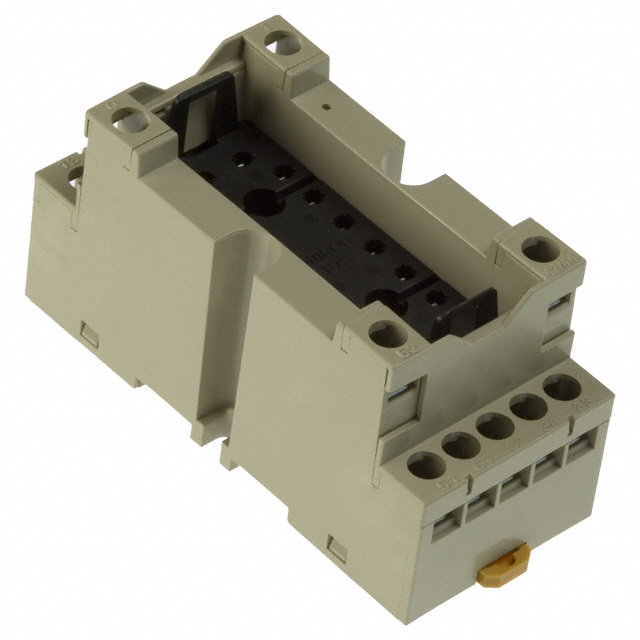

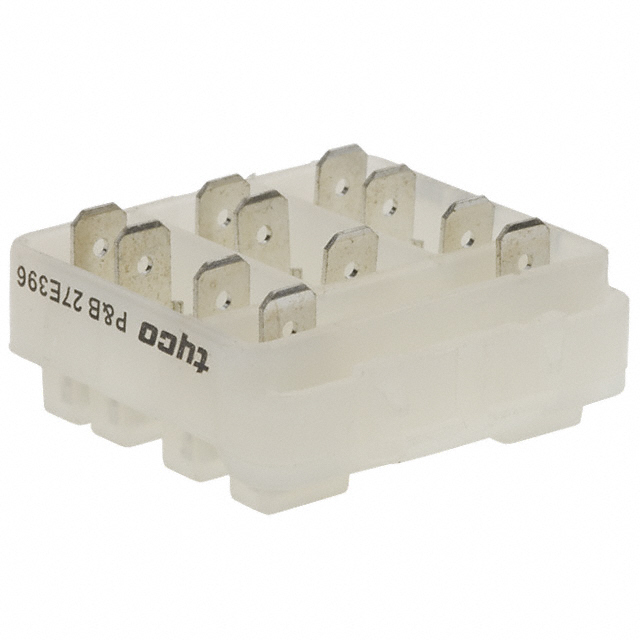

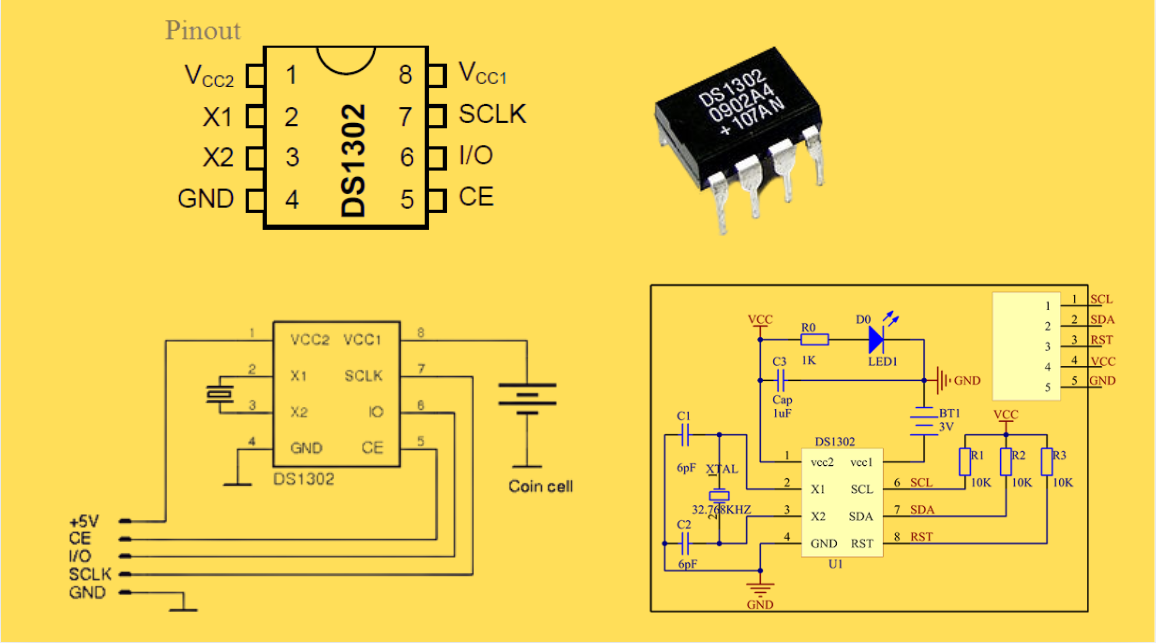
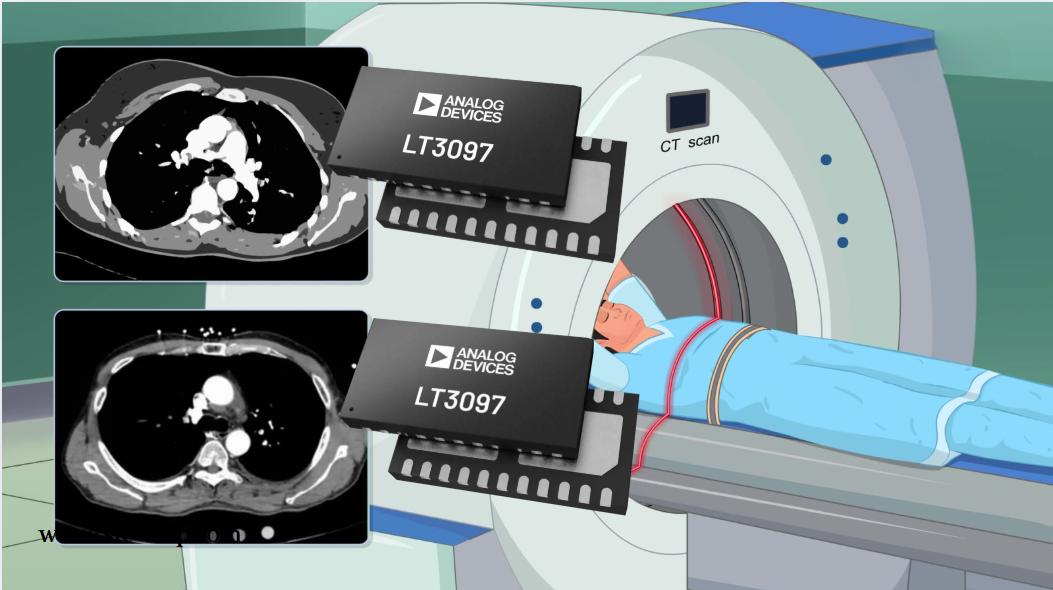
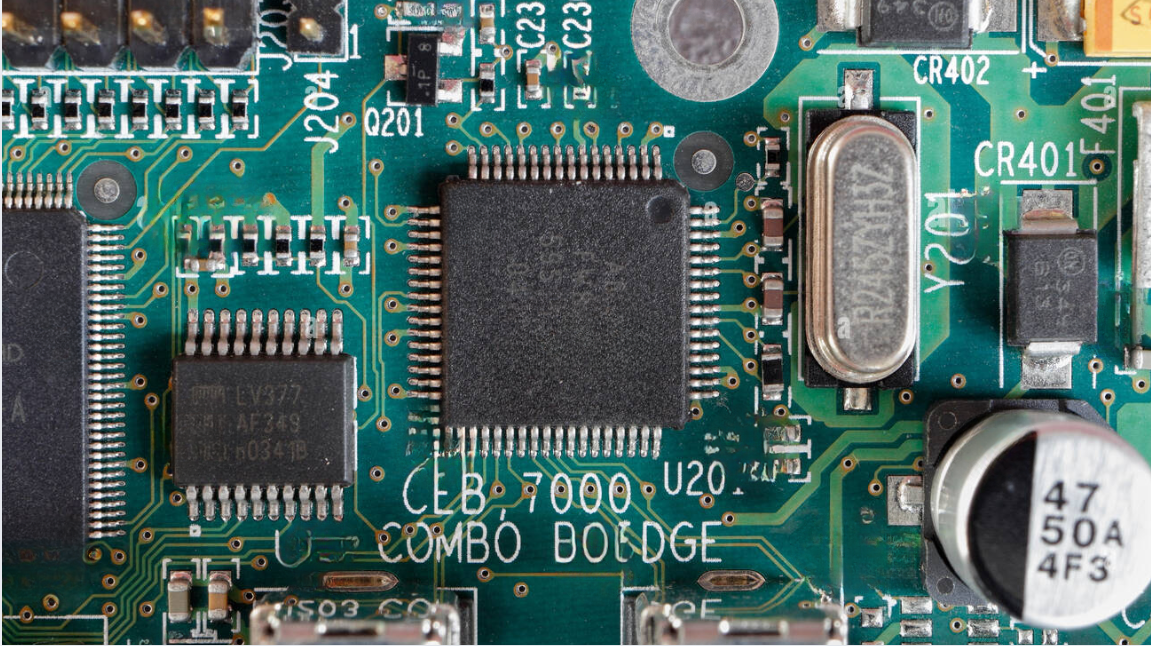

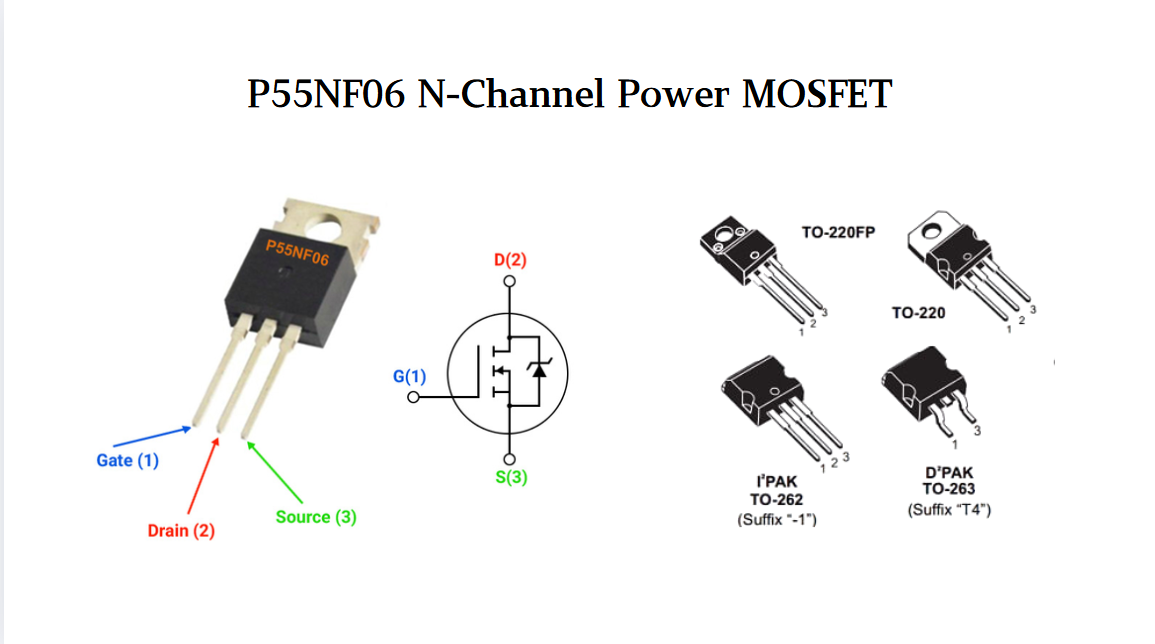

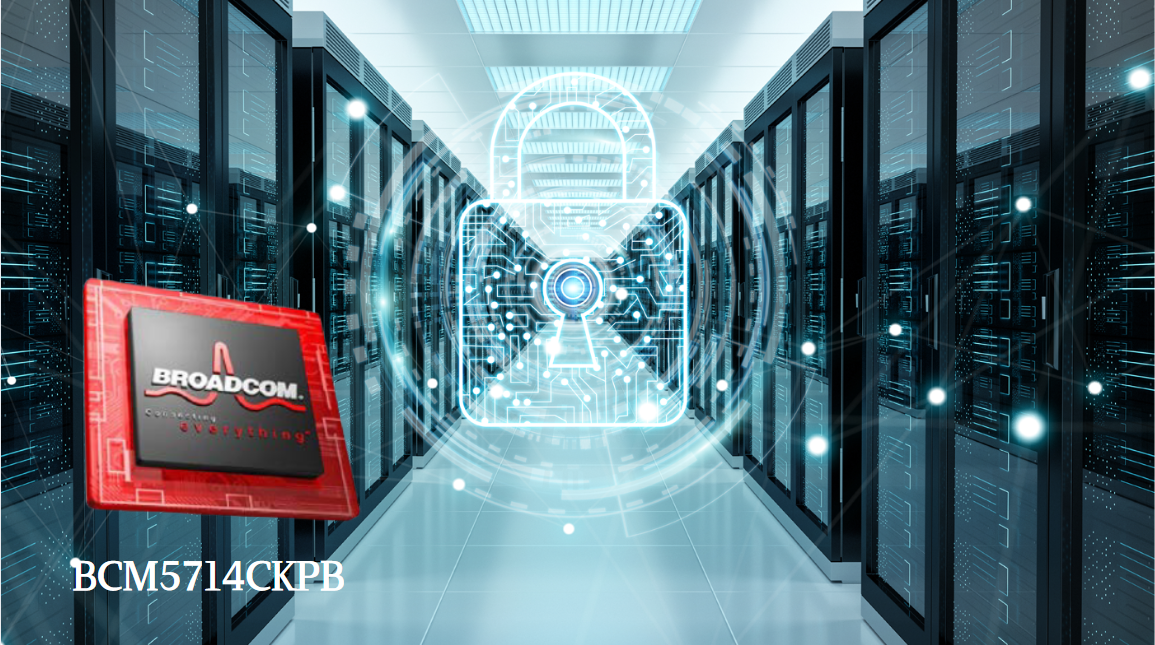
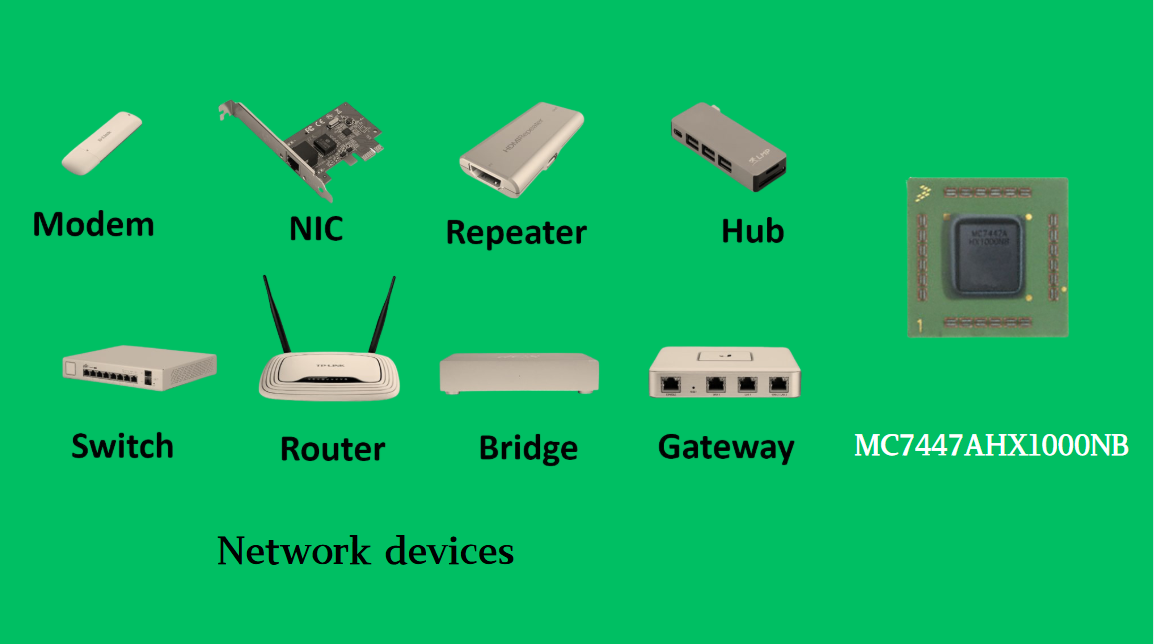

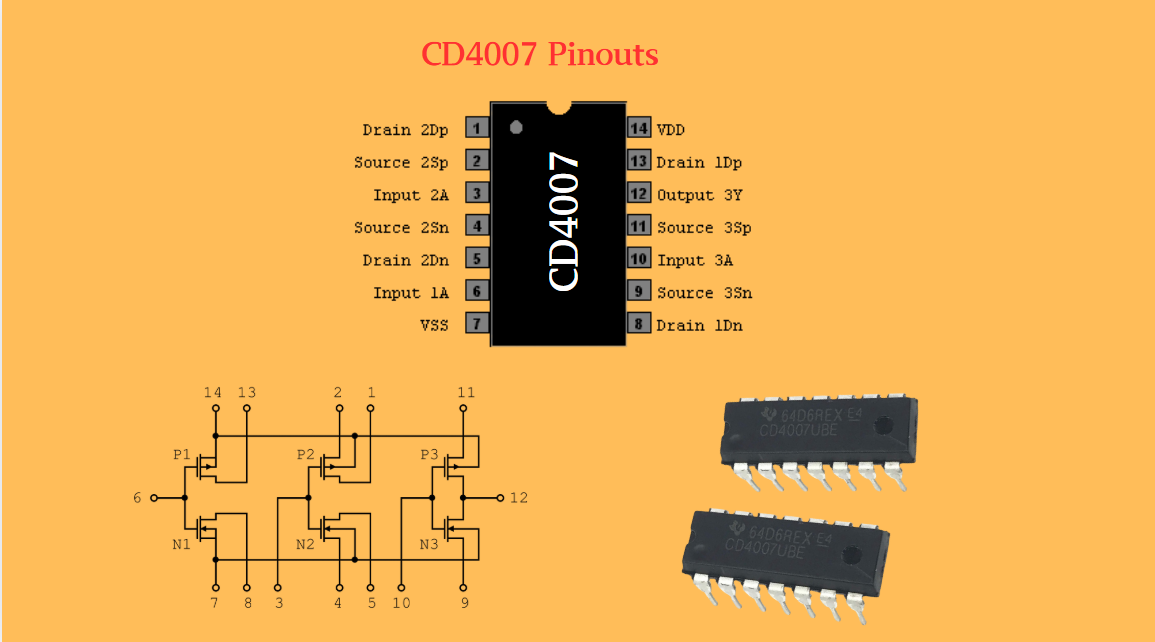
 Wishlist (0 Items)
Wishlist (0 Items)